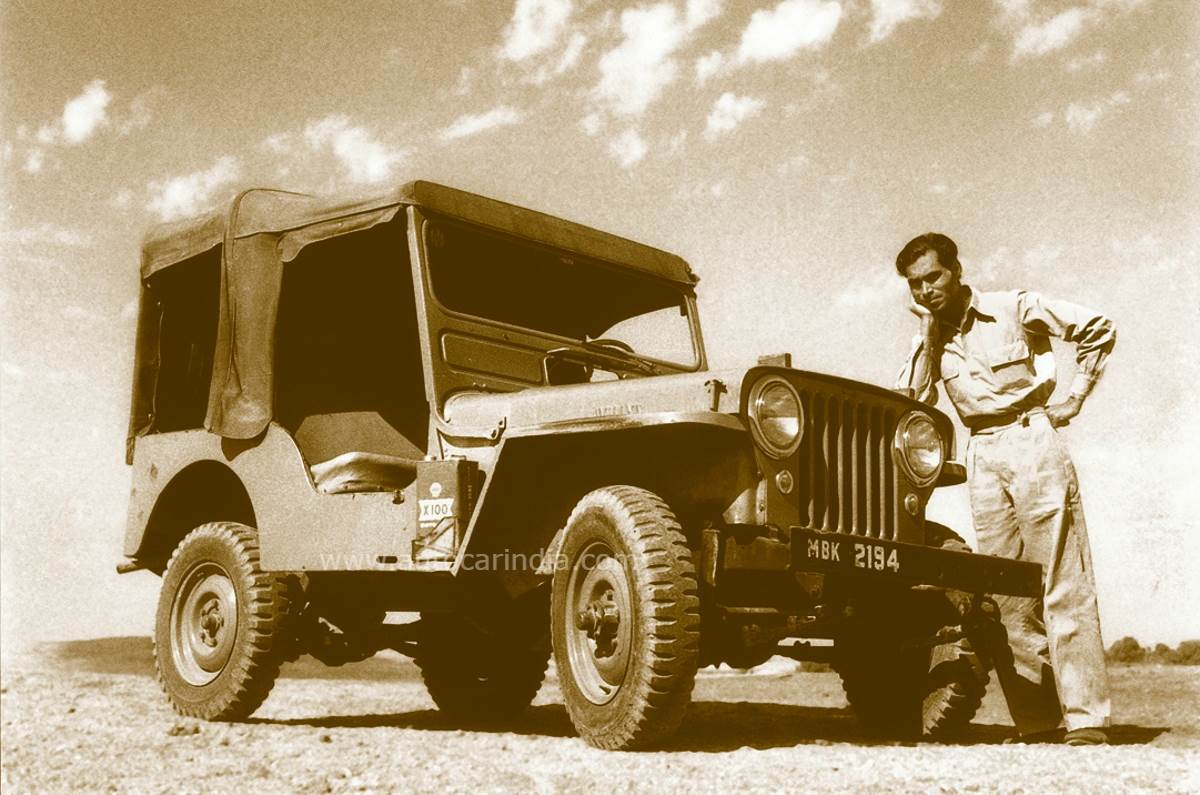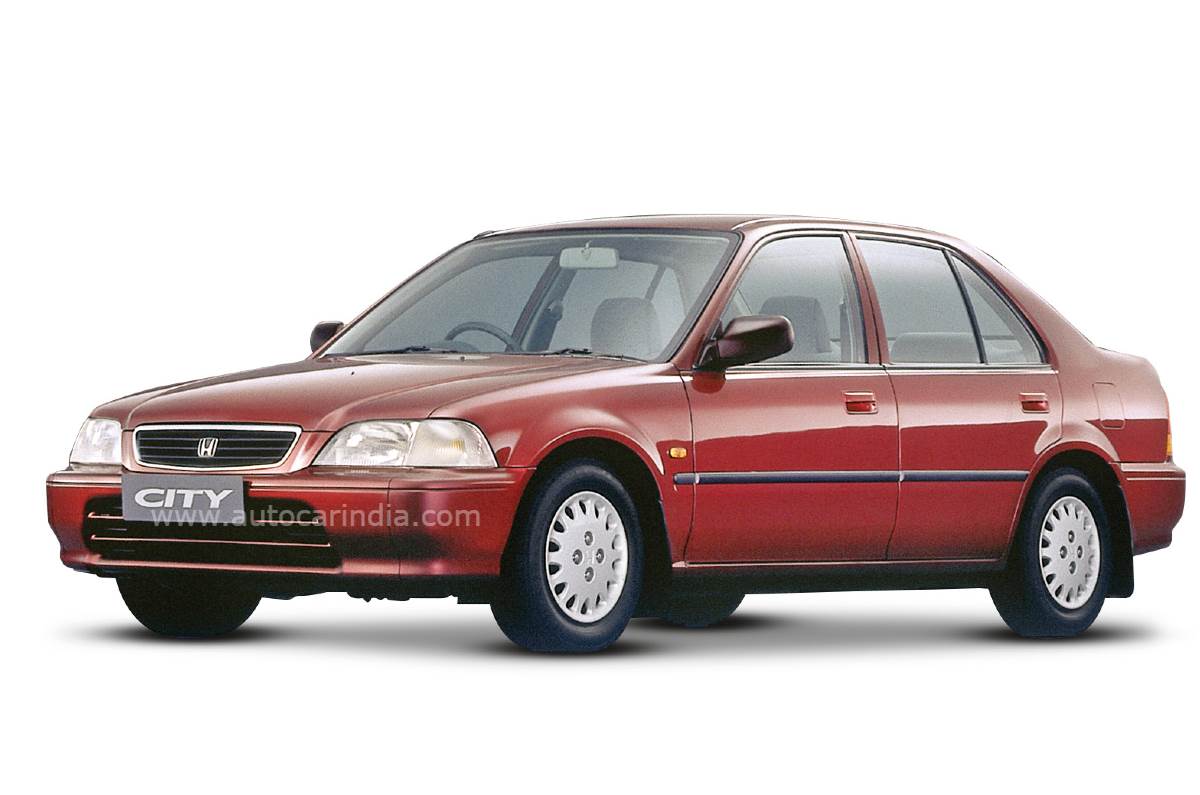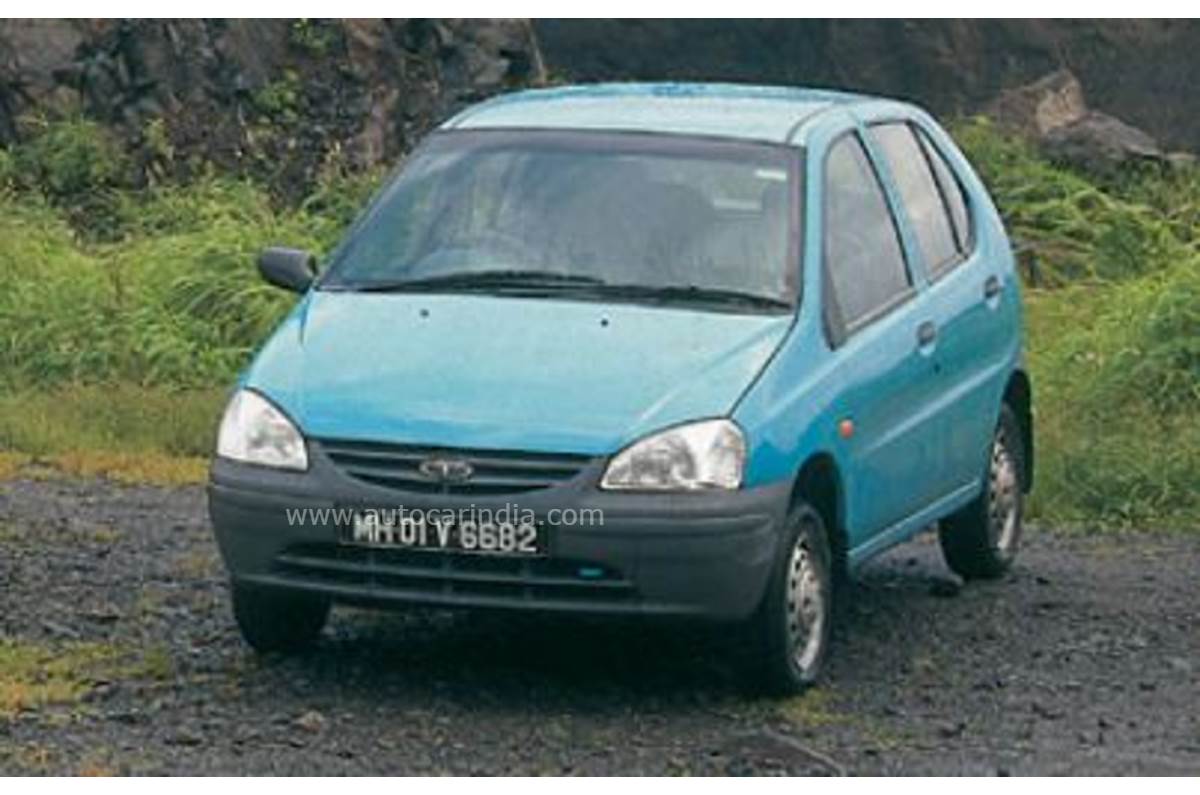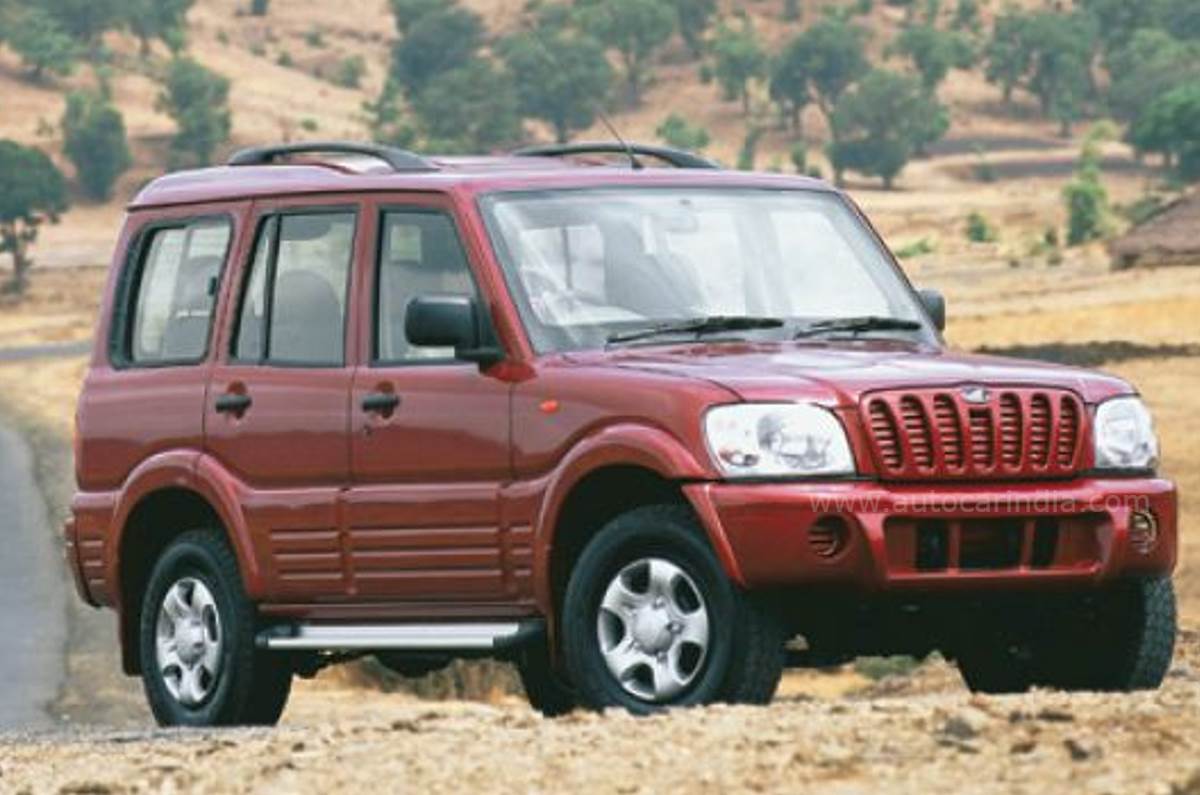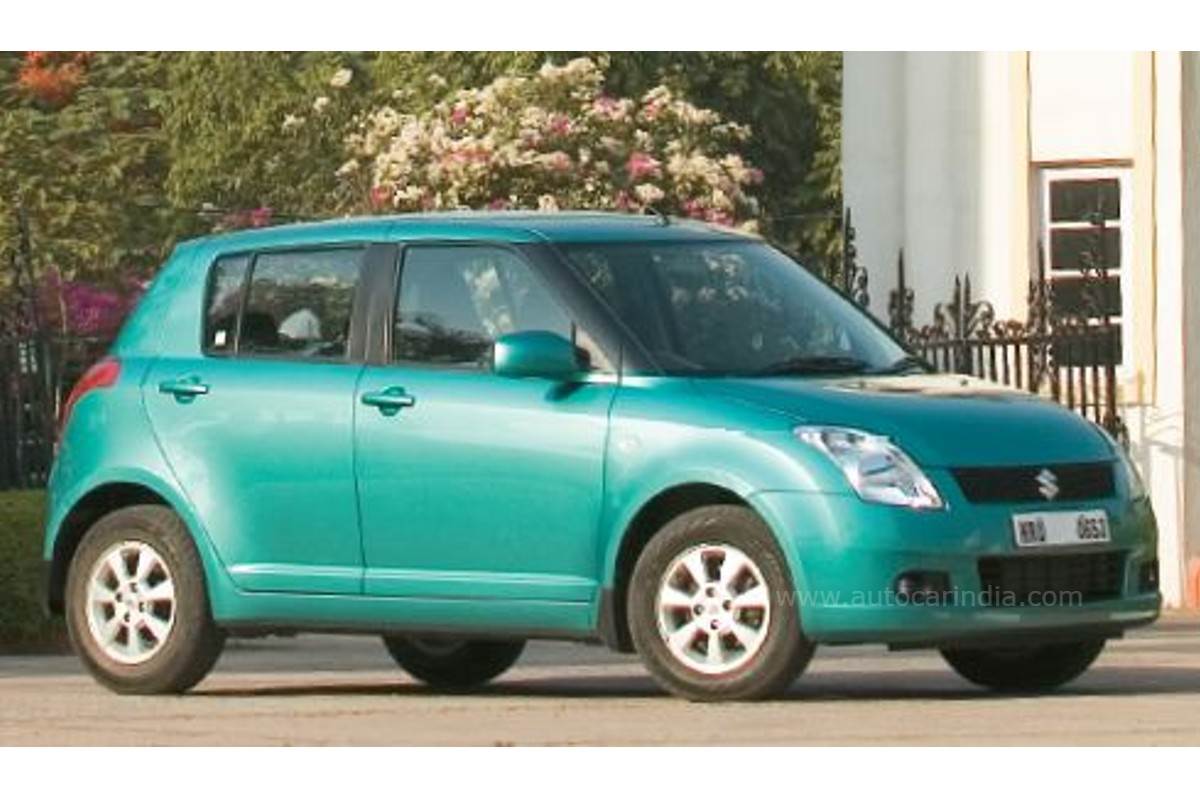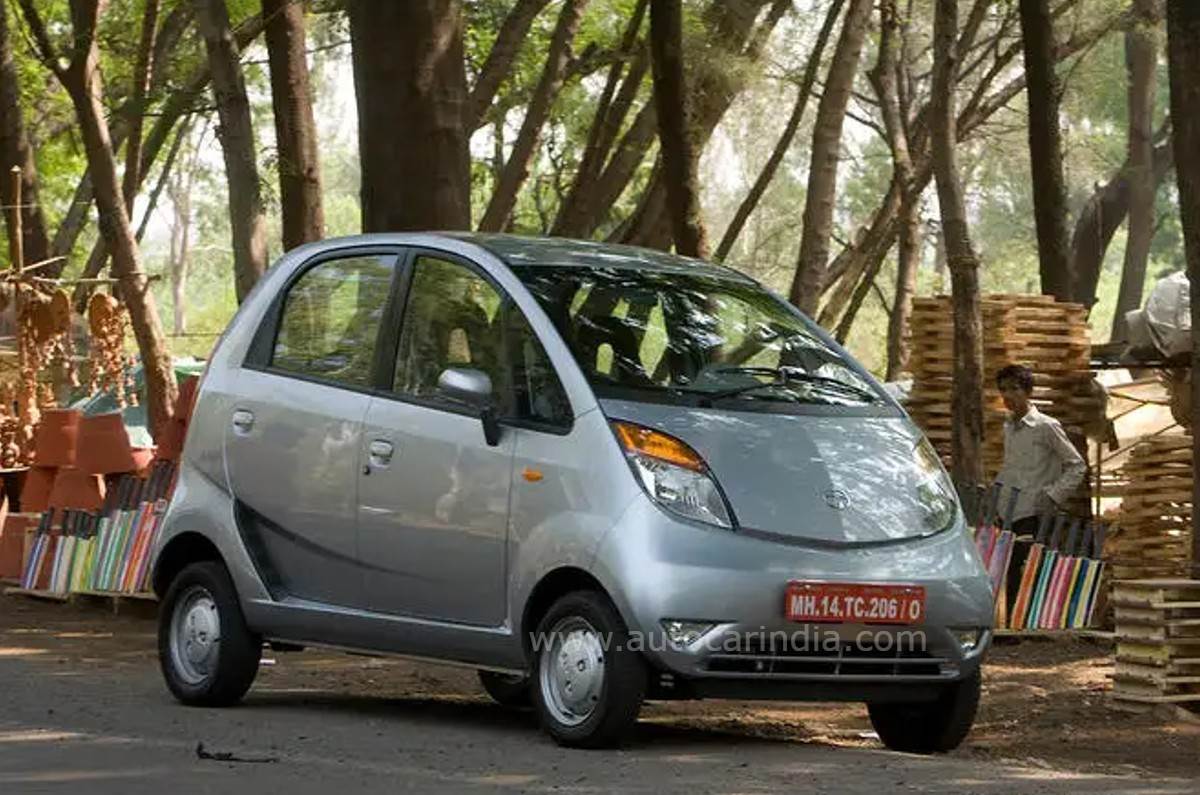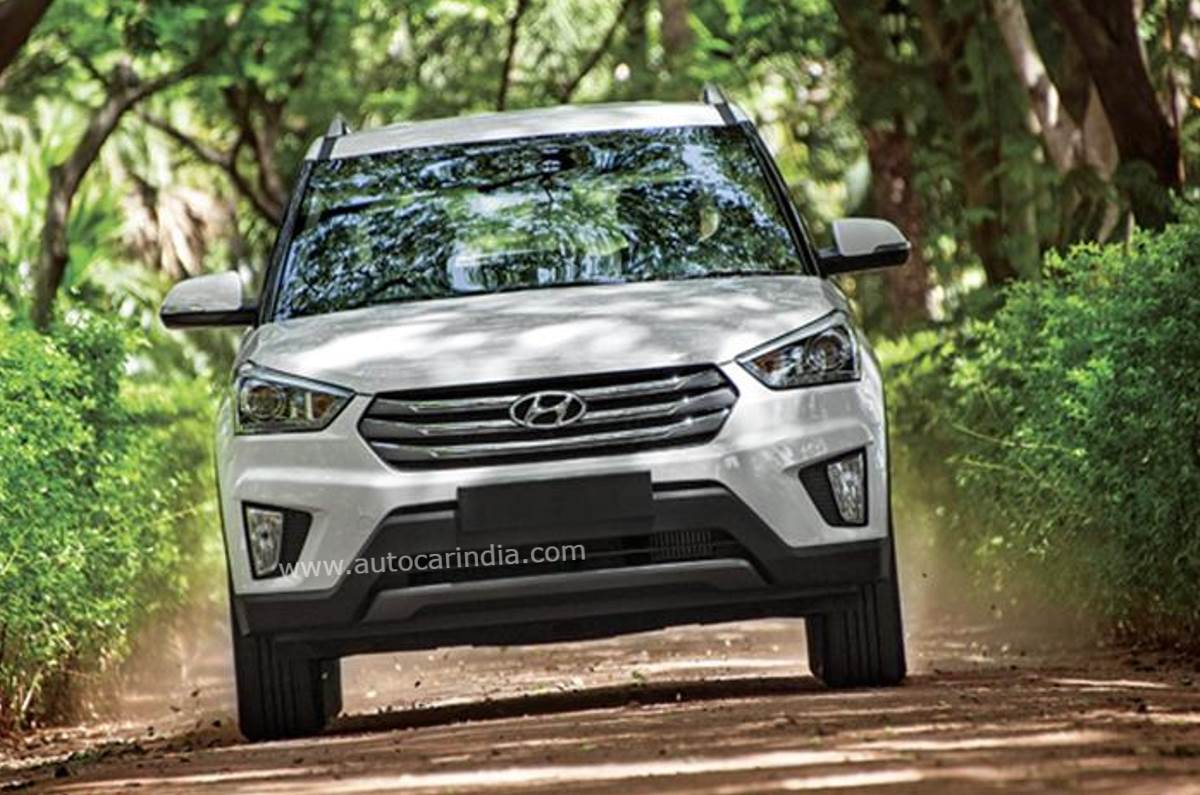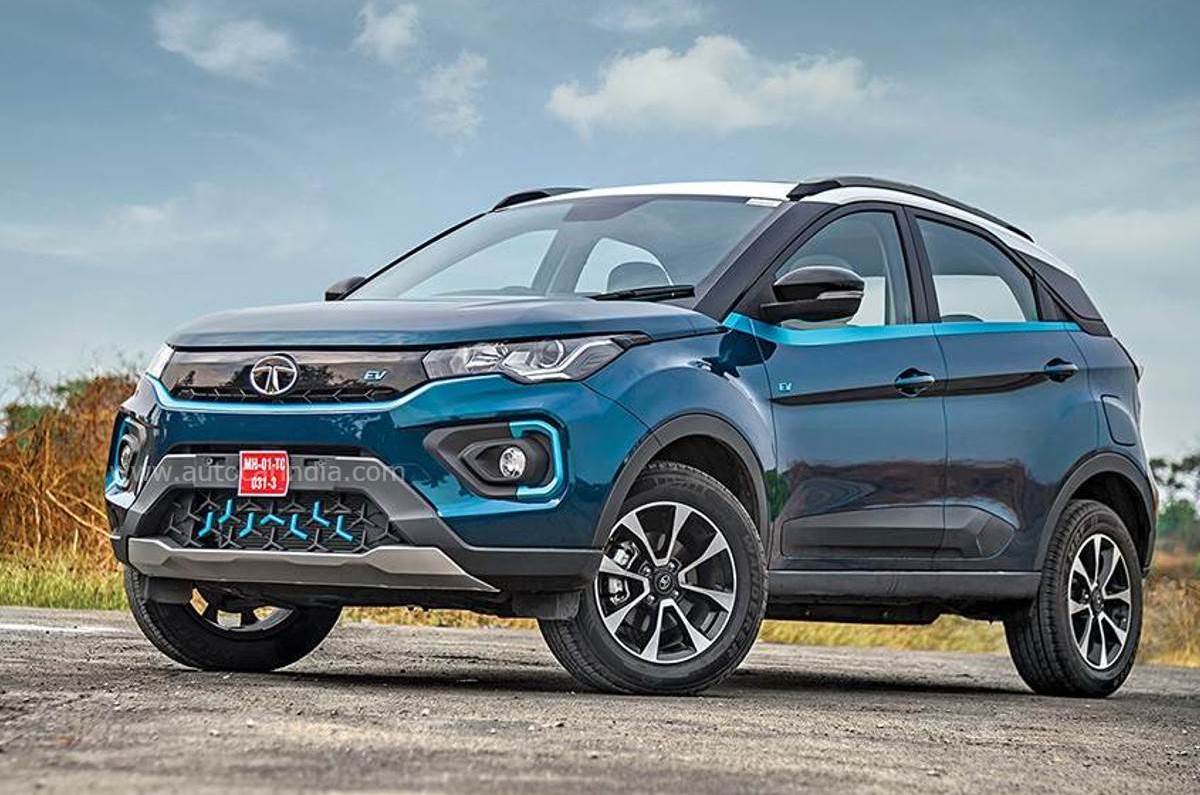A list of the cars that defined the Indian market and the way consumers looked at cars over the past 75 years.
Mahindra (CJ) Jeep (1947)
It started out as something for the military, but then, just as designer Barney Roos had explained to KC Mahindra back in the day, it turned out to be the perfect vehicle for the Indian hinterland. Broken roads, gravel roads, dirt roads, monsoon-ravaged quagmires – the Civilian Jeep, or CJ, could handle everything. It helped ‘expand’ India’s fledgling road network and helped us reach inaccessible places. Arguably, it was the CJ that was the precursor to the modern-day SUV, and its appropriateness for our market paved the way for the SUV boom that followed a half century on. It’s thanks to the CJ that the body-on-frame chassis has not only endured but has also given an underlying ruggedness to SUVs like the Bolero and Scorpio, which have, in no small measure, defined the Mahindra brand.
Why: It connected India by road – and off it – like no other vehicle could and was the precursor to the modern-day SUV.
Maruti Suzuki 800 (1983)
The Maruti 800 was the wonder car that put a country in motion. Launched at Rs 47,000 in 1983, it was around 37 percent cheaper than the antiquated HM Ambassador and Premier Padmini (priced around Rs 75,000) and immediately democratised personal mobility. It was a great leveller too. From captains of the industry and celebrities to two-wheeler owners wanting to graduate to a car, everyone wanted the Maruti 800. It was a harbinger of the latest technology and the list of ‘firsts’ it brought was endless. Disc brakes, all synchromesh gears, an overhead camshaft, an electric cooling fan, a monocoque chassis are some of the tech (taken completely for granted today) that the little 800 pioneered in India.
That this frail-looking car could handle our roads confounded everyone’s expectations. Chiefly down to its fundamentally sound engineering, the chassis and suspension were robust, it was agile and zippy thanks to the brilliant little 796cc 3-cylinder engine that remarkably still does duty in the Alto 800, 40 years on.
What the plucky little 800 single-handedly did was build an entire supplier industry, and in a sense, it fathered modern India’s automobile industry.
Why: It democratised personal mobility in India and changed the face of motoring forever.
Honda City (1998)
When it was launched, the Honda City set the template for sedans in India and since then has ruled the sedan market for nearly 25 years. Challengers have come and gone, but the City has ruled supreme. The City is synonymous with the Honda brand and embodies the company’s ethos of providing a well-engineered, practical and yet entertaining car driven over the years by Honda’s strong VTEC engines. The City has evolved over the years, from the original bare bones sedan that hooked customers with its rev-happy ‘hyper-16’ engine, to the plusher and more spacious 5th gen model that still has a fan following. In between, the City took a 360-degree turn of character with the second-gen model, prioritising efficiency and practicality over power, and a fun driving experience. With the third-gen model, Honda engineers proved you could have the best of both worlds and it’s this blend of performance, efficiency, reliability and comfort that makes the City a default choice for sedan buyers.
The City has evolved with the market as well as consumer preference, getting a diesel along the way and now the first ever mass-produced strong hybrid powertrain in India. The City is here to stay and for that reason alone Honda too will stay in India.
Why: Because it set the template for the quintessential Indian sedan and has ruled the sedan market for nearly 25 years
Tata Indica (1999)
The Indica is possibly the most significant Indian-made car, and for a good many reasons. Firstly, it represented a fightback from a home-grown auto industry coming out of decades of isolation. And what made it even more significant was that it was up against the collective might of global giants that had burst into India following the delicensing of the auto industry in 1993. The Indica’s rivals included biggies like Hyundai, Ford, GM and, of course, the biggest giant of them all, Maruti Suzuki. That it could fend off competition and even grab market share from global rivals despite a lack of quality and finesse was truly remarkable. The Indica may not have had global technology behind it, but it struck a chord with Indian buyers by giving them what the multinationals couldn’t – a spacious, comfortable car powered by a frugal diesel engine and at a very attractive price.
It’s fair to say that the Indica served Tata Motors’ passenger car division with the multiple variants and bodystyles it spawned, and even today, the Indica’s legacy can be seen in the popular Tiago and Tigor that are underpinned by a platform (X0) that has its roots in the Indica.
The Indigo CS, the compact sedan derived from the Indica platform, set the trend for not just compact sedans but showed the industry that the tax-friendly sub-4-metre rule didn’t have to be limited to just hatchbacks. Ironically, the Indica missed out on the sub-4m SUV, which the Ford Ecosport popularised.
Why: Because it was India’s first indigenous car that could fight global competition.
Mahindra Scorpio (2002)
The Scorpio was an inflection point for Mahindra and its most important model in 50 years that changed the face of one of India’s oldest automakers forever. Like the Indica, it was proof that an Indian company, unshackled after 40 years of protectionism and isolation from the latest technology, could not only survive but thrive on a playing field rife with global competition. Again, the early Scorpio had iffy quality levels which were well below global standards. But it was cleverly conceived keeping the four things in mind that would be a big hook for consumers: strong road presence, a punchy engine, a third row of seats and a fantastic price. Whilst the Safari can lay claim to being the first true SUV, it’s the Scorpio’s enduring success 20 years on that has made it possibly the most iconic and desirable Indian brand. That legacy can be seen in the rockstar response to the new Scorpio N launched fittingly in India’s 75th year of independence.
Why: It played a crucial role in taking Mahindra out of its comfort zone and transformed it into a desirable brand to cash in on the rising aspirations of urban India.
Toyota Innova (2005)
Few cars inspire as much brand loyalty as the Toyota Innova which today stands as the most trusted MPV of all time. The Innova set the template of what an MPV should be; spacious with three rows of seats, fast and stable on the highway, sturdy on bad roads, powered by a strong diesel engine and utterly dependable with minimal downtime. And it’s the Innova’s utter reliability that owners simply swear by; and those owners include an eclectic mix of families, corporates, fleet operators and hotels. They all want only the Innova, and Toyota knows this only too well, which is why it hasn’t bothered equipping the Innova particularly well, and that’s despite many price hikes along the way. The Innova hasn’t ever been the one for good value since it was launched in 2005, but then there’s no price you can put on a car that you know will never let you down.
Why: Because it’s an icon of dependability that inspires unparalleled brand loyalty
Maruti Suzuki Swift (2005)
The made-for-Europe Swift was everything earlier Marutis were not and came as a breath of fresh air from a company that, until 2005, made functional econoboxes low on desirability. The Swift was a significant turning point not just for Maruti but for the way consumers perceived cars. Conditioned for years by Maruti that cheap cars had to look cheap and that form always followed function, the Swift made customers sit up and take notice of its eye-grabbing design. In fact, the Swift turned Maruti’s values on its head by prioritising style over practicality. The distinct two-box design looked stunning but came at the expense of internal space. The rear seat was cramped and the boot rather tiny, more so in the second-generation Swift, which had a measly 204-litre boot. But the lack of space didn’t stop the highly desirable Swift with its feisty 1.3-litre engine from becoming a cult car that soon spawned a cottage industry of mods and accessories among enthusiasts. While the Hyundai Getz started the premium hatchback segment, the Swift established it. Its roaring success showed that consumers wanted a car that looked as good as it drove.
Why: It established the premium hatch segment and made design and styling a key differentiator.
Tata Nano (2009)
The Tata Nano lived up to its famous ‘one-lakh car’ promise and became the cheapest car in the world. The Nano’s crazy sticker price got it global attention and that was its biggest problem. Though the car was funkily styled and looked quite cool, that it was cheap was not cool. Not many liked the thought of being seen in the cheapest car. This was the Nano’s undoing (apart from other hiccups like a plant shift and a spate of engine fires) and customers preferred to either go a class up or stick to their bikes because even in terms of running costs, the Nano couldn’t quite come close.
Though the Nano was a commercial failure, it was a triumph of India’s ingenuity, a victory of pocket science over rocket science. It put the spotlight on Indian frugality and how India is the best in the world when it comes to frugal engineering.
The Nano inspired Carlos Ghosn to develop low cost cars for the Renault and Nissan brands using India as a development base. That’s how the revolutionary Kwid was born.
Why: Because it was a triumph of Indian ingenuity and made the world take notice of India’s frugal engineering skills.
Hyundai Creta (2015)
The Renault Duster may have started the midsize SUV revolution, but it was the Hyundai Creta that blew open the segment and has owned it ever since. In fact, the segment is often referred to as the ‘Creta segment’ and its rivals as ‘Creta fighters’ because the car is the benchmark for all midsize SUVs to be conceived and judged. So what is it that makes the Creta the king of the segment? Its success lies in the fact that it has ticked every possible box to carpet bomb the segment. Multiple engine options, a choice of four (yes four!) transmission options and lots of variants means there’s a Creta for every price point. What Hyundai got spot on from the get-go is the size – it’s not too big and cumbersome for the city and yet is a very spacious five-seater with good enough boot space. And it’s an SUV. This makes the Creta the one car to buy if you can buy only one car.
The Kia Seltos apes the Creta’s concept quite successfully, but it didn’t have the head start, and hence the same brand loyalty the Creta enjoys.
Why: Because it expanded the midsize SUV segment to become the core of the market and set a benchmark for others to follow.
Tata Nexon EV (2020)
When the history of EVs is written, the Nexon EV will be remembered as the car that started the EV revolution in India. Launched just a little over two years ago, the Nexon EV has raced ahead to grab over 70 percent share of the passenger car EV market. As a product, there’s nothing truly exceptional about the Nexon EV, but its phenomenal success lies in the clever way it was conceived. A quick and easy conversion of the ICE Nexon got the Tata EV first to the market. It smartly balanced range, cost and performance to make it far better value than the handful of other mass market EVs on sale. In fact, the Nexon EV has established itself as the de facto choice for most buying their first EV and for the company has built an ecosystem of over 25,000+ owners, which will give Tata Motors an edge against future competition
Why: Because it started the EV revolution in India.
Also See:
75 years of Independence: 10 leaders who shaped the automotive industry


















